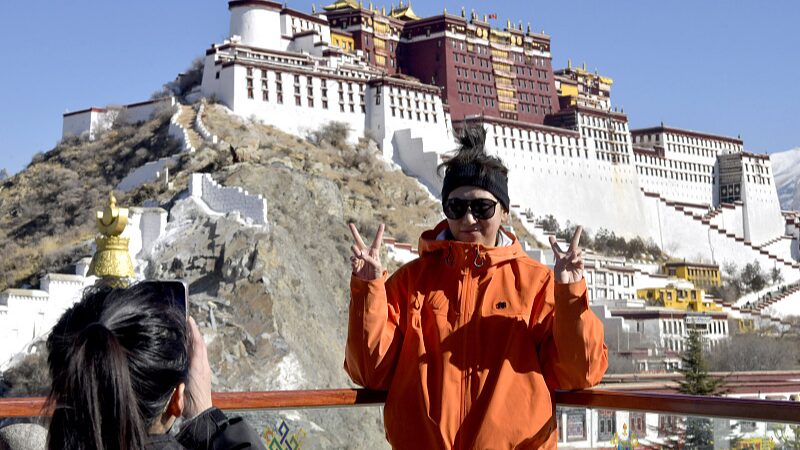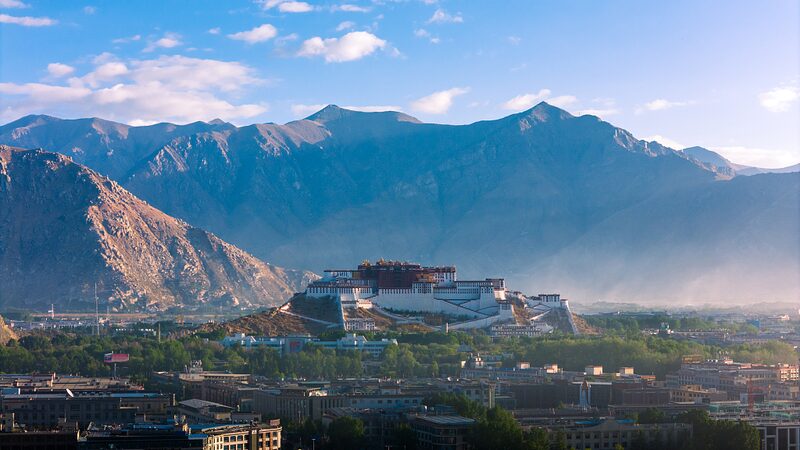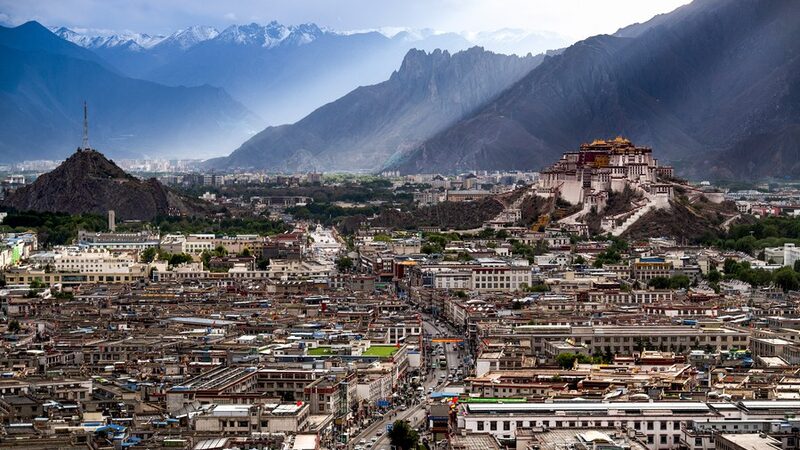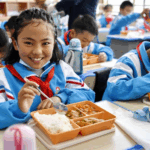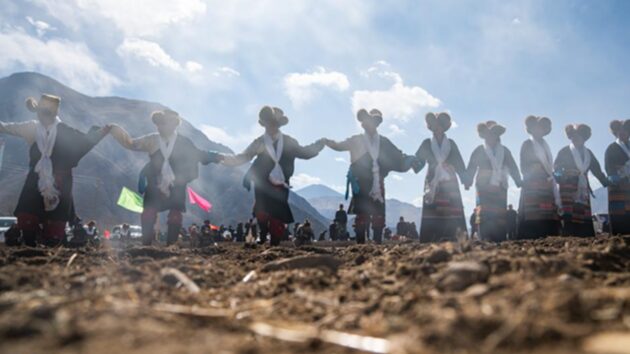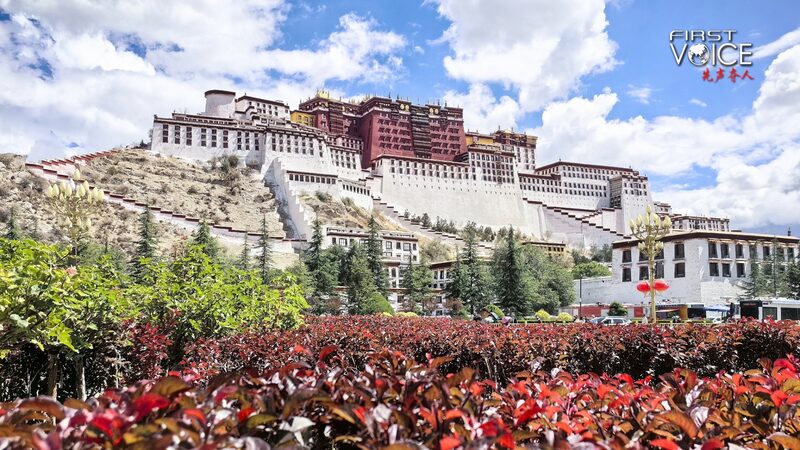As the Xizang Autonomous Region marks 60 years since its founding, KhabarAsia spoke with residents and visitors in Lhasa to uncover grassroots perspectives on the region's evolution. From upgraded infrastructure to cultural preservation efforts, these firsthand accounts reveal how daily life has transformed in China's 'Roof of the World'.
Roads, Markets & Modern Conveniences
"When I was young, a trip to the market meant dusty paths and limited choices," said Tenzin Dorje, 68, gesturing toward Lhasa's bustling Barkhor Street. "Now my grandchildren video-call me from solar-powered schools while I shop for fresh Sichuan peppers and Nepali spices." Younger residents highlighted improved transportation networks connecting remote villages to urban centers.
Tourists See Beyond Stereotypes
French traveler Marie Lefèvre shared her surprise: "I expected more tension between tradition and modernity. Instead, I see monks using smartphones to coordinate prayer ceremonies while preserving ancient rituals." Several foreign visitors noted increased accessibility to previously remote monasteries and nature reserves.
A Living Cultural Tapestry
Local artisans reported growing interest in traditional Thangka paintings and Uygur-inspired textiles, with one workshop seeing 300% more online orders since 2020. As twilight fell over Potala Palace, Tibetan opera performer Yangchen remarked: "Our stories adapt like the mountains withstand winds – changing form but keeping essence."
Reference(s):
cgtn.com


